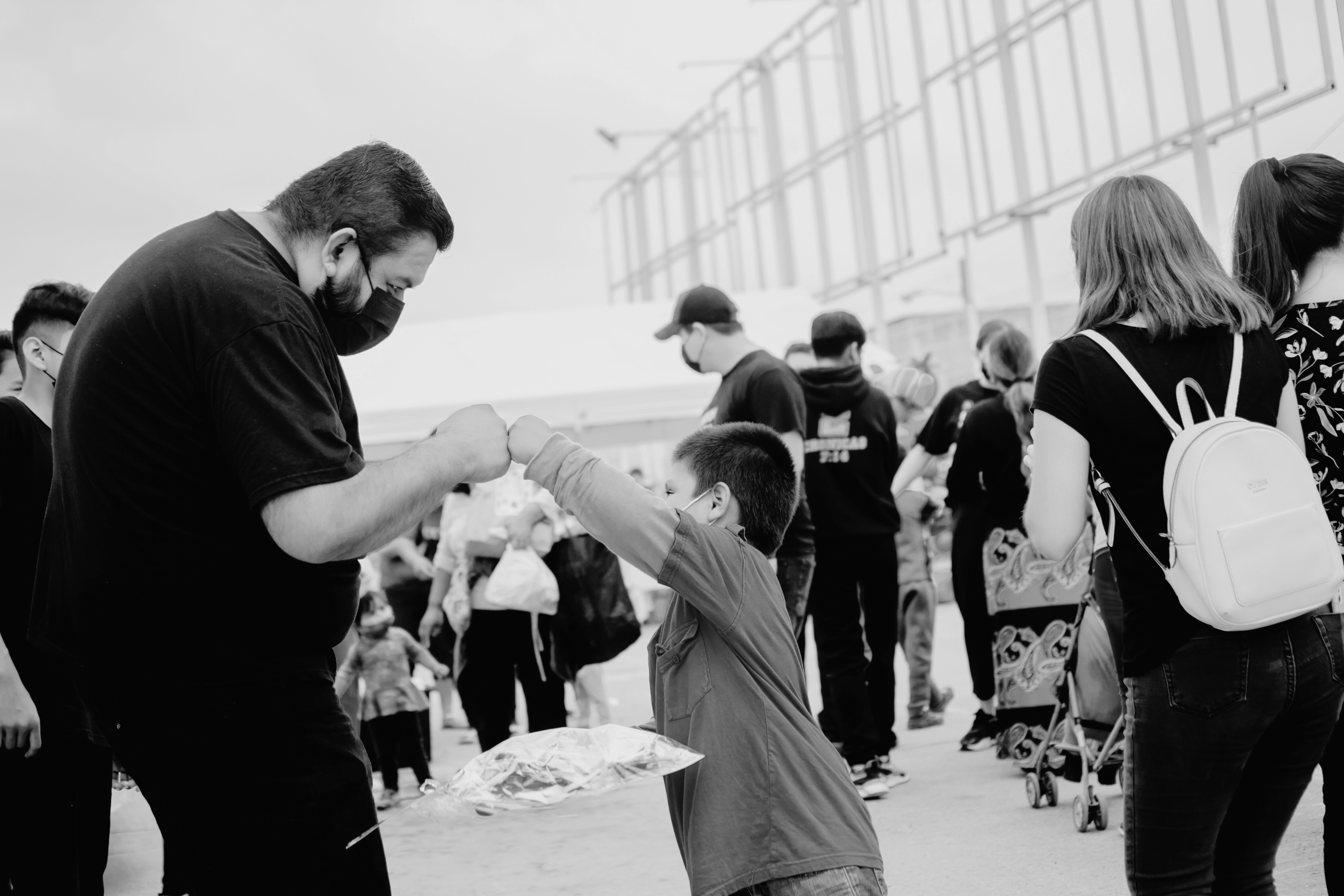Nonprofit Liability Insurance: Understanding the Market
In the world of nonprofit organizations, the term “nonprofit liability insurance” is more than just a buzzword—it’s a safeguard. Whether it’s navigating the pitfalls of operational hazards or the legalities of governance, nonprofit insurance stands as the first line of defense for nonprofit entities.
Nonprofit Organizations 101: A Quick Guide
Nonprofit organizations are defined by their primary goal: to address societal needs rather than generate profit for owners or shareholders. These entities vary widely in focus and function, ranging from very small businesses and community-based groups to large international NGOs.

The missions of nonprofit organizations are as varied as the communities they serve, while their operational models are designed to maximize impact, often relying on a mix of volunteer efforts, donations, and grant funding to sustain their activities. This reliance on diverse funding streams and the engagement in wide-ranging activities underscore the importance of comprehensive nonprofit liability insurance to protect against potential legal and financial challenges.
Introduction to Nonprofit Insurance for Brokers

For brokers, understanding the unique landscape of nonprofit insurance is a necessity. This sector, which consists of more than 1.3 million charitable organizations across the US, is marked by its mission-driven focus. Nevertheless, nonprofit organizations face distinct challenges and risks.
From liability claims to property damage and beyond, the potential for unforeseen incidents looms large. This is where nonprofit insurance serves as a protective layer, ensuring that the organization’s resources are safeguarded.
The nonprofit insurance market is in a state of flux, influenced by broader economic conditions, changing regulatory environments, and evolving risks. In recent years, we’ve seen a tightening of coverage in certain areas, driven by increased claims and a heightened awareness of risks.
What You Need to Know About Nonprofit Liability Risks
Nonprofits encounter a myriad of risks, from accidents during events to allegations of mismanagement. Key risks include personal injury claims at organization-sponsored events, wrongful termination and employment practices liability (EPL) claims from staff or volunteers, and data breaches compromising sensitive donor information. Additionally, nonprofits may face legal challenges related to their operations, including contractual disputes and negligence claims.
Without proper coverage, an organization may find itself financially liable for costly claims, draining resources that would otherwise support its mission. Beyond the immediate financial strain, facing a liability claim without adequate insurance can damage an organization’s reputation, potentially affecting donor support and volunteer engagement.

Deep Dive: What is D&O Insurance for Nonprofits
Directors and Officers (D&O) insurance, also known as nonprofit management liability insurance is a specialized form of liability coverage essential for protecting the assets of nonprofit board members and officers. This provides protection against claims arising from their managerial decisions or actions that have allegedly caused harm to the organization or others.
For nonprofits, D&O insurance is not just a luxury—it’s a necessity. It reassures current and prospective board members, directors and officers that they will not be personally financially devastated due to their involvement in the organization. Moreover, nonprofit organization management insurance reflects a commitment to governance and financial stewardship, bolstering its credibility and integrity.

What Nonprofit Liability Insurance Covers
Nonprofit liability insurance is an umbrella term for various types of business insurance coverages designed to protect organizations against different risks. This insurance plays a pivotal role in safeguarding an organization’s mission, assets, and its people from unforeseen liabilities. The essence of nonprofit liability insurance lies in its ability to provide a safety net, allowing these organizations to continue their invaluable work without the looming threat of financial ruin due to legal disputes or claims.
- General Liability Insurance: This foundational coverage protects against claims of bodily injury, property damage, and associated legal costs. Whether a visitor trips and falls at your event or you accidentally damage a rented space, general liability insurance is your first line of defense.
- Professional Liability Insurance: Also known as Errors and Omissions (E&O) insurance, this coverage addresses claims related to the services your nonprofit provides. If your organization offers counseling, educational programs, or other professional services, E&O insurance can protect against claims of negligence or harm resulting from those services.
- Directors and Officers (D&O) Insurance: This type of insurance is crucial for protecting the personal assets of your organization’s board members and officers. It covers legal fees, settlements, and other costs associated with lawsuits alleging wrongful acts in their managerial roles.
- Specialized Coverages: Depending on your nonprofit’s activities, you may need additional protections such as abuse and molestation coverage, employment practices liability insurance (EPLI), or cyber liability insurance. These coverages address specific risks that could otherwise severely impact your organization.
To ensure adequate protection for a nonprofit without overspending on unnecessary coverage, you must assess your organization’s unique risks. Engage with an insurance provider that understands the nonprofit sector. They will be able to offer guidance on which coverages are critical for your specific activities and operations.

What Sets LIO Apart?
At LIO Insurance, we understand the unique challenges faced by nonprofit and social service organizations. We craft our insurance solutions with the specific needs of these groups in mind. As such, we offer comprehensive coverage that includes property, general liability, professional liability, and more.
We take pride in offering flexible and affordable insurance options that let organizations focus on their mission, confident in the effective management of their risks. We offer tailored insurance solutions, including prime property enhancements and specialized general liability coverage options, ensuring that every organization receives the level of protection it deserves. With LIO Insurance, nonprofits can expect a partner that is committed to their success and well-being. We provide peace of mind through superior coverage and expert support.

FAQ:
Does my nonprofit need insurance?
Yes, insurance for nonprofits really is vital for legal and operational security. It guards against unforeseen risks that could jeopardize your nonprofit’s mission and financial stability.
What type of insurance does a nonprofit organization need?
Key insurance types for nonprofits include:
- General Liability Insurance
- Directors and Officers (D&O) Insurance
- Professional Liability Insurance
- Employment Practices Liability Insurance (EPLI)
- Property Insurance
- Cyber Liability Insurance
- Hired/Non-Owned Auto Coverage
Should nonprofit organizations have D&O insurance?
Definitely, D&O insurance is crucial. It protects the personal assets of a nonprofit board of directors and officers from claims related to their organizational roles. This ensures the nonprofit can attract and retain qualified leadership.
How difficult is it to quote and bind a nonprofit liability insurance policy?
The process can be straightforward with the help of experienced brokers. It involves assessing needs, gathering information, reviewing quotes, and selecting the appropriate coverage for your nonprofit. Experienced agents simplify the process, ensuring you get suitable coverage efficiently.


